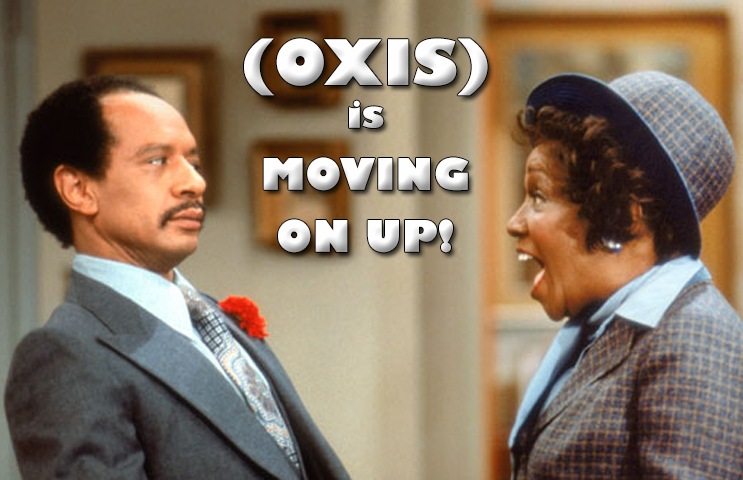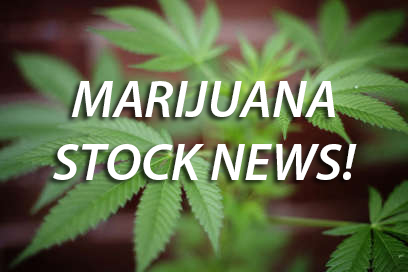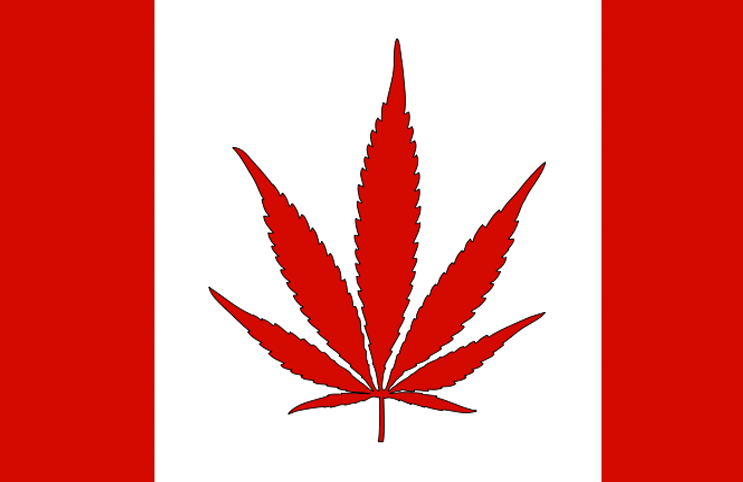Movin’ On Up!
At this point, if you’ve traded in the small and micro cap space for a while, this most likely isn’t your first time hearing about a company “up listing”. Whether it’s to the NASDAQ, NYSE, or, in this case, the OTCQB there is something to be said about a company going to a higher exchange…but why is this event so important? Moreover, what could it mean for the future of the company?
To address the first question of “Why is up listing so important for a public company”, you have to look at the advantages and disadvantages; a 30,000 foot view. Some of the many benefits of up listing include:
- Exposure to more favorable financing options
- Increased investor confidence due to reporting requirements of the exchange
- IE companies need to identify an accurate share structure, list the law firm responsible for handling the company’s annual report(s), etc.
- Minimum prices per share will be maintained due to the requirements of the exchange
- For OTCQB, companies need to meet an ongoing minimum bid price test of $0.01 as of the close of business for at least one of every 30 calendar days
- A heightened sense of corporate responsibility by way of additional reporting by companies regarding information on officers, directors, and controlling shareholders.
These are just a few of the highlighted positives for those investors looking at a company moving up to another exchange. On the flip side, these positives can also be looked at as possible negatives from a company’s perspective. If the organization is not fiscally sound, the requirements to meet minimum fees ($10,000 annually and a one-time application fee of $2,500 for new companies upgrading to OTCQB) could put a strain on operational cash flow. Furthermore, if the company’s stock is trading close to the minimum, the company may find itself struggling on the market side to maintain the minimum price levels of being an OTCQB reporting company.
But for those organizations who are fiscally responsible and have nothing to hide from investors, the major benefit to investors and in turn the underlying company is transparency and that goes a long way when it comes to making a decision on where to place funds within the market.
What Could It Mean For The Future Of The Company?
Obviously transparency is crucial in managing risk. Knowing exactly the financial situation of a company is very important to making an educated investment decision. Pinksheet companies (OTCPink) have their own risks including unaudited financials, lesser reporting requirements, and more of a veil of mystery as compared to higher exchanges. Specifically, the move out of “the pinks” and onto a higher exchange marks a major milestone for those companies looking to truly grow as market leaders within their given industry. In addition to this, many of those companies on the OTCQB or even the OTCQX seek to drive value even further by targeting an up listing to exchanges like the NASDAQ or NYSE.
Conclusion
There are many ways for companies to attract investment. Some may employ the benefits of heavily networked consultants to bring in institutional investment others may elect to bring on a professional investor relations firm yet all things will depend on the strength and transparency of a company. As the saying goes, “Knowing is half the battle.” Moving to a higher exchange signifies that an organization is ready to take the next step in demonstrating its operational strengths (and potential weaknesses) to the world and marks the next phase in growing as a public company.
Read the Facts before second guessing OTC Companies:
Did you know that Walt Disney Co. (DIS) traded on the OTC for 10 years before up listing to the NYSE in 1957?
KFC, prior to being acquired by YUM! Brands (YUM), traded on the OTC
The first Dr. Pepper shares (DPS) traded on the St. Louis Stock Exchange and OTC before moving to the NYSE on March 18, 1946
True Religion Jeans (TRLG) went from a micro-cap $2.5M/year $0.62 stock to a near Billion Dollar Blue Chip trading at $32.00 per share by 2013
Pier 1 Imports (PIR) at one time traded at $0.11/share before ramping up operations which lead it to trade at today’s price around $17 per share
Global shopping center phenom,Wal-Mart (WAL), went public in 1970, initially trading over the counter before moving to the NYSE in ‘72
Monster Beverage (MNST)—previously known as Hansen’s Natural—traded as little as $0.69 back in 1995. It now trades at nearly $120 a share.
…and these are just a few examples! The main point here is that up listing has resulted in many companies gaining massive exposure and uncapped success in the years to follow so just because a stock is trading on the OTC today doesn’t necessarily mean it will remain on the exchange for long (or at “penny stock prices”)
MAPH Enterprises, LLC | (305) 414-0128 | 1501 Venera Ave, Coral Gables, FL 33146 | new@marijuanastocks.com











1 comment